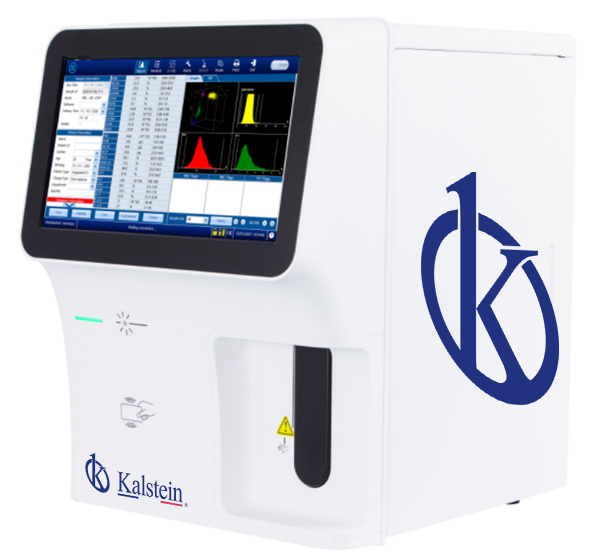Sickle cell anemia is a chronic, hereditary and familial hemolytic disease, which black subjects suffer almost exclusively. It owes its name to the fact that the erythrocytes of these patients take the form of a sickle or semiluna, with pointed ends (Sicling) when they are deprived of oxygen (sickle cell or sickle cell). The cause of this anomaly is the presence of an abnormal type of hemoglobin (Hb S) that easily precipitates to the reduced state. It is a chronic disease that involves temporary exacerbations and remissions, which is accompanied by rheumatoid pain in the extremities, abdominal pain and chronic leg ulcers.
When was it discovered?
This disease was identified by Herrick in 1910. Sickle cell deformation of erythrocytes in vitro was observed by Emmer in 1917, Hahn and Gillespie (1927) found that this phenomenon was due to the decrease in plasma oxygen. Finally, it was Pauling et al. (1949) who discovered that sickle cell disease is associated with the presence of an abnormal or pathological hemoglobin (Hb S).
Which breed is most affected?
It is a condition that, as stated, is observed almost exclusively in black people. There are some very rare cases described in white subjects; Scientists have done careful research in this regard and argue that sickle cell disease is an almost certain test of black ancestry. However, in recent times there have been cases of sickle cell anemia in people from the most diverse parts of the globe (Greeks, Italians, Mexicans, including India).
How does inheritance influence?
This disease is transmitted and suffers by both sexes with the characters of the dominant Mendelian inheritance. Only monozygics suffer from the disease. Pure heterozygous, that is, those that inherit the pathological gene from only one parent and have the normal allelomorph, are simply carriers of sickle cell stigma (Trait), which is recognized by the presence of hemoglobin S in erythrocytes. Mixed heterozygous, that is, those that inherit from one of the parents the gene for hemoglobin S and the other one for another of the pathological variants of hemoglobin, suffer from an atypical form of sickle cell anemia.
Pathophysiology
Hb S is characterized by polymerization with deoxygenation; This alters its solubility by distorting the red blood cell, which becomes rigid, adopting the shape of a sickle (sickle cell), which prevents its circulation through the microvascular network (vasoocclusion) and favors its destruction (hemolytic anemia). Hb S is also an unstable hemoglobin; the deposit of the denatured hemoglobin on the red blood cell membrane, affecting the ion pumps, and this in turn favors cellular dehydration, increasing the adhesion of the red blood cell to the endothelium and blood viscosity.
Endothelial damage activates blood coagulation and promotes intimal hyperplasia, contributing to vasoocclusion. In addition, due to endothelial damage and caused ischemia, inflammatory mediators are released that interact with leukocytes and macrophages, and that modulate the entire local response and could partly explain the enormous clinical variability in disease expression. In the spleen, the excess of damaged red blood cells exceeds its filter capacity, preventing its immunological function (functional asplenia) and subsequently a progressive fibrosis (autosplenectomy) occurs, thus increasing the susceptibility to infections by capsulated germs. Therefore, vasoocclusion and tissue ischemia (producers of acute and chronic organic dysfunction), hemolytic anemia and susceptibility to infections are the three problems that condition the disease clinic.
How is your diagnosis?
The diagnosis is raised against an anemic-hemolytic syndrome in black subjects or descendants thereof. Confirmation is obtained by checking the phenomenon of sickle cell disease, in a drop of blood between objects and covers, or the presence of hemoglobin S through electrophoresis. In principle, these two anomalies typical of the disease should be sought. Reduction mixtures are used for the investigation of sickle cell disease that abbreviate the period of observation, by rapidly depriving the blood drop of oxygen and facilitating the appearance of sickle cell.
At Kalstein we offer excellent and reliable hematology analyzers. That’s why we invite you to take a look HERE

